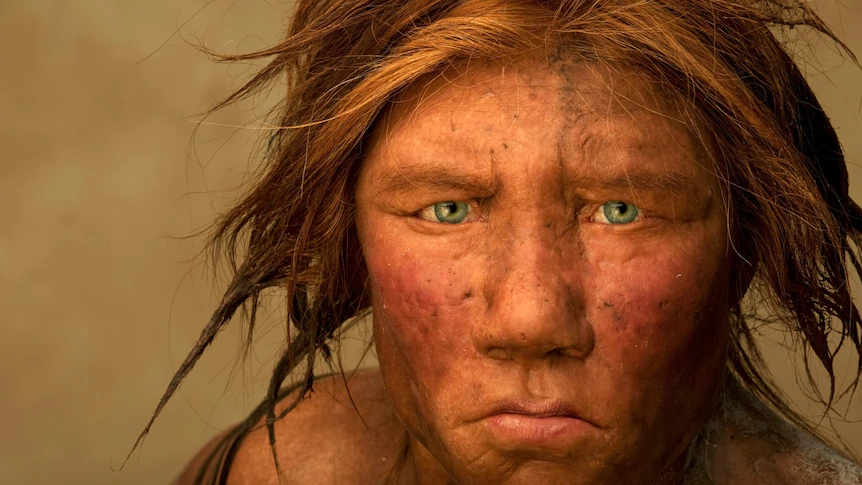In a new paper published this week in the journal Science Advances, paleoanthropologists report hominin fossils from Grotte Mandrin in France that reveal the presence of anatomically modern Homo sapiens in Europe between 56,800 and 51,700 years ago.
The discovery indicates that the movement of modern humans into Europe and the overlap with Neanderthals is more complex than previously thought.
Our species, Homo sapiens, emerged in Africa over 300,000 years ago, and anatomically modern humans by at least 195,000 years ago.
The first pulses of early modern humans outside Africa are found in Israel at 194,000 to 177,000 years ago and possibly Greece by 210,000 years ago.
Modern human remains are documented in East Asia as early as 80,000 years ago, and from archeological evidence, modern humans reached Australia by 65,000 years ago.
In Europe, however, their appearance seems to have occurred much later, perhaps because of ecological barriers and/or the occupation of the region by Neanderthals.
The earliest evidence of Homo sapiens settlement in Europe is constrained to around 45,000-43,000 years ago based on five isolated dental remains from three Italian sites and one site in Bulgaria.
The new evidence from Grotte Mandrin near the town of Malataverne, Mediterranean France, pushes this date back by about 10,000 years.
“The Mandrin findings document the first clearly demonstrable alternating occupation of a site by Neanderthals and modern humans,” said Professor Chris Stringer, a researcher in the Centre for Human Evolution Research at the Natural History Museum, London.
“We’ve often thought that the arrival of modern humans in Europe led to the pretty rapid demise of Neanderthals, but this new evidence suggests that both the appearance of modern humans in Europe and disappearance of Neanderthals is much more complex than that.”
Professor Stringer and colleagues unearthed the dental remains of at least seven individuals in 12 archaeological layers of Grotte Mandrin.
They identified six of these individuals as Neanderthal, but in a layer sandwiched between the Neanderthal layers, a deciduous upper molar from a modern human child was found.
They also uncovered stone tools from the unique Neronian industry, which has previously been regarded as a technological anomaly due to its distinctive features and the fact it had been found in between classic Neanderthal Mousterian layers.
However, in Grotte Mandrin, the presence of the modern human molar in the Neronian layer led the researchers to directly link this stone tool industry with Homo sapiens for the first time.
“In Grotte Mandrin, you’ve got a really nice sequence dated between about 60,000-40,000 years ago,” Professor Stringer said.
“In there are Mousterian stone tools made by Neanderthals, then the Neronian, then back to Mousterian tools, and then afterwards the appearance of modern humans with the Aurignacian industry.”
“The presence of the modern human molar alongside the Neronian is where the story really gets firmed up — both Neanderthal and modern human populations replaced the other several times in the same territory.”
The finds from Grotte Mandrin also suggest the Mediterranean basin played a major role in the geographic expansion of modern humans into Western Eurasia.
“The findings from Mandrin are really exciting and are another piece in the puzzle of how and when modern humans arrived in Europe,” Professor Stringer said.
“Understanding more about the overlap between modern humans and other hominins in Eurasia is vital to understanding more about their interactions, and how we became the last remaining human species.”
Sources
https://www.science.org/doi/10.1126/sciadv.abj9496

